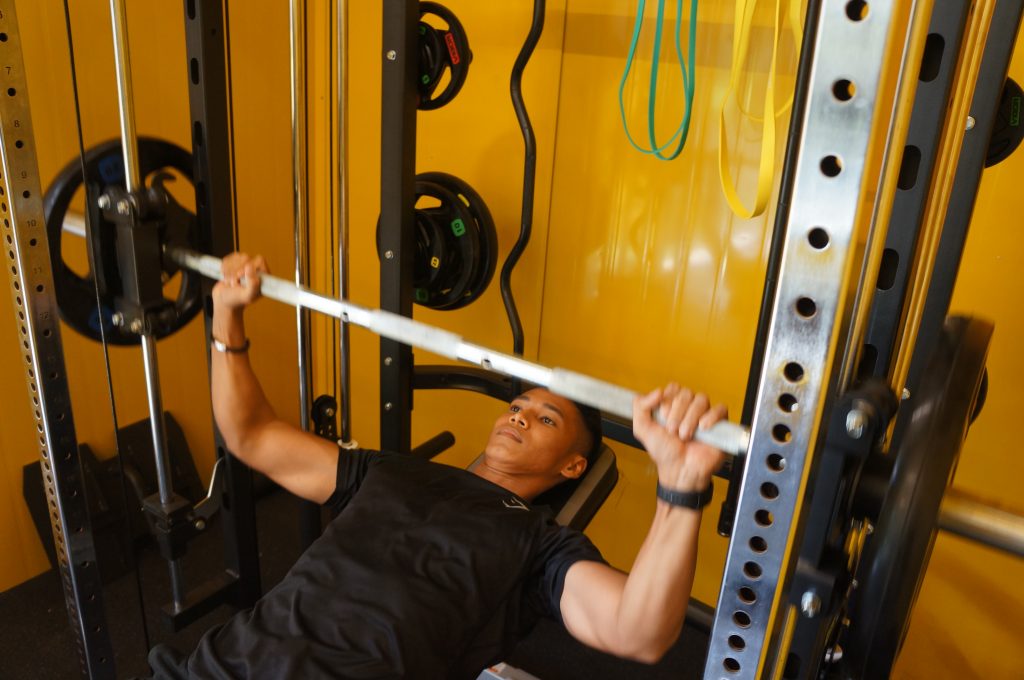Training To Failure Or Failing To Train?
What Is Training To Failure?
Failure is a word with negativity strongly associated with it. However, in fitness, failure is an extremely meaningful term in hypertrophy training, which is training to increase your muscles’ size. Failure when performing an exercise occurs when it is no longer possible to perform more repetitions. The most prominent observation when training to failure would be an unintentional slowdown in your muscle contractions, aka how fast you lift. In this article, we go through the many intricacies of this approach to muscle building.
The Recent Craze Over Training To Failure For Muscle Gains
Training to failure has gotten a recent craze – this is due to both old and new developments in lifting culture. At its core, training to failure is suggestive that a person has truly put in effort into performing an exercise. Several lifting methods from the past, namely the High Intensity Training (HIT) method by Mike Mentzer, utilises training to failure for muscle hypertrophy. In recent times, this method has seen a resurgence in popularity due to its time-efficiency and hardcore nature. On the other end, the evidence-based lifting community has started experimenting with training close to failure in order to maximise muscle growth. This has sparked a debate between which is optimal or better: training to failure or training close to failure.
Must We Train To Failure To Make Gains?
Training to failure is most certainly NOT a must to make gains. A very recent publication by Refalo and colleagues in 2024 tested both training to failure and training close to failure in a scientific protocol. Their research found that similar gains are made through both methods, suggesting that going close to failure is as effective as hitting failure for a similar number of total repetitions performed. We can measure how close to failure we get by using this concept known as “proximity to failure (PTF)”.
Proximity To Failure And Resistance Training
A subjective measure, proximity to failure is based on our perception of how far away from repetition failure we feel we are during an exercise. Estimating proximity to failure is usually done on resistance exercises that are counted by repetitions. The term “repetitions-in-reserve (RIR” is used to count this. For example, if you feel that you are two repetitions away from failing on the bench press exercise at your fifth repetition, you will indicate that you performed that set to 2RIR. Coaches implement RIR to determine the intensity of a set, which is used to affect the overall intensity of a training session.
Training To Failure Can Be Safe… Or Unsafe
Training to failure means that one must genuinely fail to perform a repetition on an exercise. This can be potentially unsafe. When strength training, where extremely heavy loads are used, training to failure can be risky due to how heavy the weight is. The risk of injury to the joints and soft tissues like muscles and ligaments get increased, meaning that training to failure has to be strategically employed for the right goal and on the right exercise.
Choosing The Right Exercises To Train To Failure On
Given the more risky nature of training to failure, some exercises are more preferred compared to others. Exercises that have safety nets or are done with equipment incorporating built in safety features should be used. For example, the preacher curl is a biceps exercise that rests the upper arms on a pad, but has the forearms unsupported. This can enhance the effectiveness of the biceps curl on the biceps, but has a higher risk. The machine preacher curl is much safer compared to the free weight preacher curl as it has a fixed range of motion, making it more suitable for training to failure on. Similarly, performing the bench press exercise to failure on a smith machine can be much safer compared to doing it with free weights, even with safety attachments.

Managing Fatigue When Training To Failure Across An Exercise Program
A massive consideration to make when intentionally training to failure in an exercise program would be the overall fatigue it creates. Going hard on every single exercise, every single workout is extremely tiring in the long run. Training to failure should not be planned willy nilly; coaches should endeavour to spread it out across a program and even so, strategically to maximise gains and minimise fatigue.
Train To Failure Safely With The Gym Pod!
If you intend to incorporate training to failure into your exercise program, having a knowledgeable coach, such as one of our Gym Pod Academy personal trainers, is a plus. Our personal trainers will help you make good exercise selections and plan out a training program that can be done at one of the many Gym Pods located in Singapore and worldwide. What are you waiting for, arrange a consultation with our personal trainers now!
References:
https://pubmed.ncbi.nlm.nih.gov/38393985/






